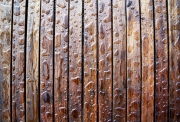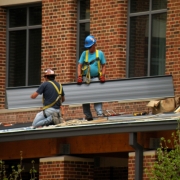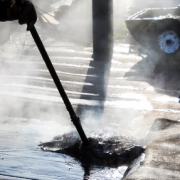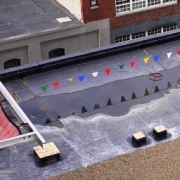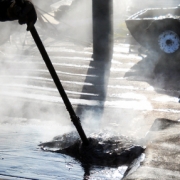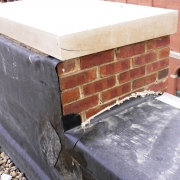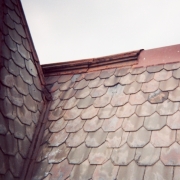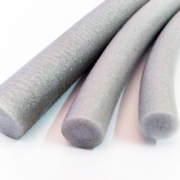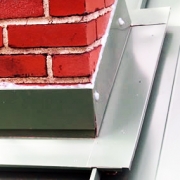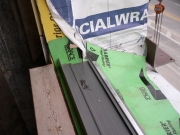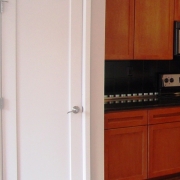Jeff Wilson Everyday DIY Blog
Let's talk DIY
This is the place to rant, rave, brag, belly-ache, crack a joke, procrastinate, and delve into the metaphysical aspects of the DIY mindset. We’re off the map, on a tangent, and frequently off topic. This is the stuff we don’t show on TV.
Water Repellents
This topic includes information related to water repellents used during construction. Water repellents resist moisture from penetrating exterior building surfaces such as masonry, concrete, stucco and other exterior siding materials. Water repellents are a fluid substance made from acrylic, silane, silicone, siloxane and stearate.
Metal Roof Panels
This topic includes information related to metal roof panels installed during construction. Metal roof panels are a manufactured product used in a variety of residential and commercial roofing applications. Metal roof panels are interlocking panels made from aluminum, copper, stainless steel or zinc coated steel material. They are available in a variety of styles; corrugated, standing seam, flat seamed, batten seam or V-beam. Depending on the quality of material used, metal roof panels may last 20 to more than 100 years.
Built-Up Bituminous Roofing
This topic includes information related to built-up bituminous roofing installed during construction. Built-up bituminous roofing is the most common type of roofing material used on commercial roofs to keep rain water from entering a structure. Built-up bituminous roofing is an assembly of hot-applied or cold-applied waterproof coatings and layered sheets.
Thermoplastic Polyolefin Roofing
This topic includes information related to thermoplastic polyolefin roofing installed during construction. Thermoplastic polyolefin roofing is a type of roofing commonly used on commercial roofs to keep rain water from entering a structure. Single-ply membranes are manufactured from ethylene propylene rubber and available in white, gray or black. Thermoplastic polyolefin roof membrane is either fully-adhered, mechanically fastened or ballasted to a roof surface.
Fluid Applied Roofing
This topic includes information related to fluid applied roofing installed during construction. Fluid applied roofing is used on new and existing low slope and flat commercial roofs to keep rain water from entering a structure and provide an effective energy saving reflective surface. The viscous fluid is applied by a sprayer, roller or brush which creates a monolithic membrane that has no seams.
Manufactured Copings
Reglets
This topic includes information related to reglets installed during construction. A reglet is a flashing system used in conjunction with low-slope or flat roofs. Installed on the roof side surface of a parapet wall, one or two part systems prevent wind and water from getting under a roof surface where the roofing material terminates. Reglets are available in a variety of material colors and finishes, for a specific substrate installations, such as masonry, stucco and concrete.
Backer Rods
This topic includes information related to backer rods installed during construction. Backer rods are round performed joint seals made from open or closed cell foam. They are used within joints between similar or differing construction materials to fill a joint or gap. A sealant is typically applied to open cell backer rods to prevent air or moisture infiltration, closed cell backer rods inherently deter air and moisture.
Sheet Metal Waterproofing
This topic includes information related to sheet metal waterproofing installed during construction. Sheet metal waterproofing, commonly referred to as flashing, is an exposed continuous waterproofing formed of sheet metal (aluminum, copper, steel or zinc). Sheet metal waterproofing deflects or directs water from roofs and exterior walls, preventing water from entering a structure.
Sheet Waterproofing
This topic includes information related to sheet waterproofing installed during construction. Sheet waterproofing materials prevent the passage of water. Sheet materials including bituminous, modified bituminous, elastomeric or thermoplastic. Sheets are attached or self-adhering.
Composite Doors
This topic includes information related to composite doors installed during construction. Composite doors appear similar to wood doors, but are manufactured from a variety of materials. Outer skins, inner framing and insulating materials are used to construct durable interior and exterior hinged, sliding or pivoting doors.
